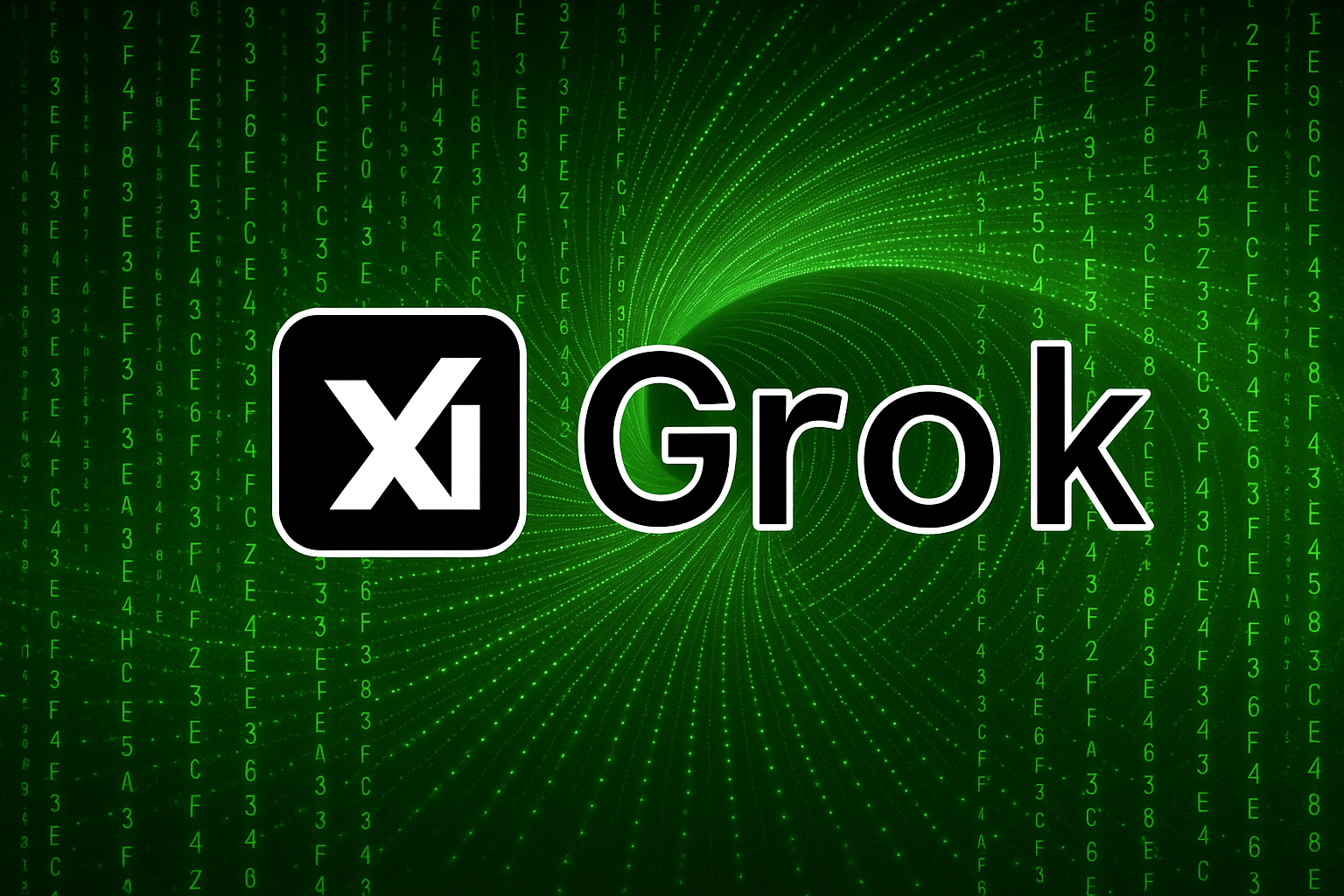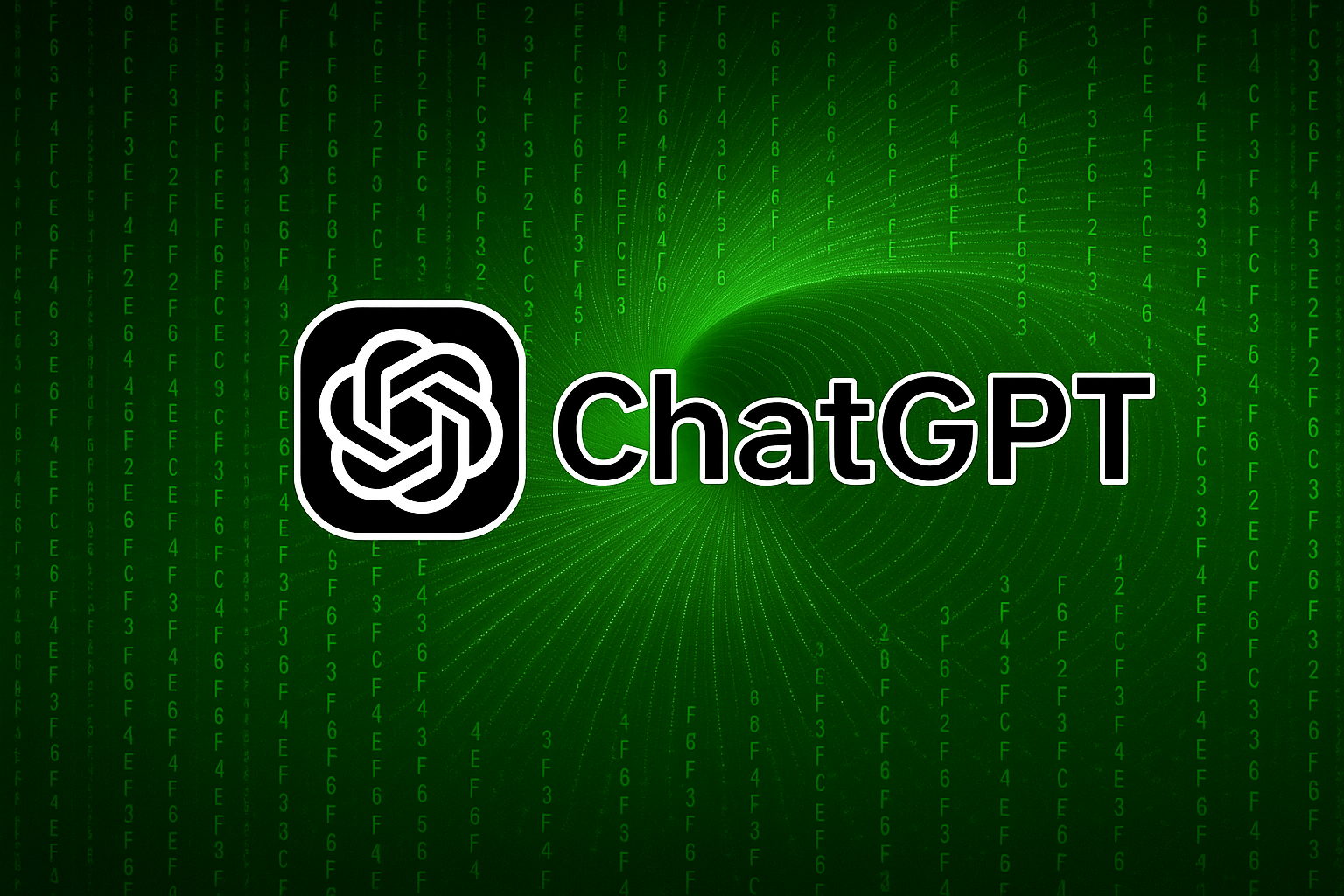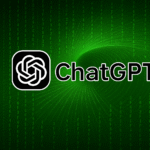ChatGPT can be surprisingly effective in helping with data-related tasks—even though it can’t directly interact with spreadsheets or databases. It can generate structured content like tables, guide you through data cleaning, explain statistical concepts, and help summarize and interpret findings. When paired with data visualization tools, it becomes a powerful assistant for data analysis.
This article covers how to use ChatGPT for organizing, analyzing, and presenting data clearly and insightfully.
1. Creating and Populating Tables
You can ask ChatGPT to generate structured data in table format for reports, summaries, comparisons, or practice datasets.
Examples:
“Create a table comparing four project management tools based on price, features, and ease of use.”
“List five countries and their population, GDP, and literacy rate in a markdown table.”
This is helpful for quick comparisons, making slide decks, or brainstorming categories.
2. Interpreting Raw Data
Paste raw data or describe a dataset, and ChatGPT can help make sense of it:
- Suggest categories or trends
- Point out anomalies
- Explain summary statistics
Example:
“Here’s a list of customer satisfaction ratings: 4, 5, 3, 2, 5, 4, 4, 3, 1, 5. What can we say about this group’s overall satisfaction?”
ChatGPT might respond with average score, mode, potential outliers, and interpretation in plain language.
3. Explaining Statistical Concepts
ChatGPT can serve as a tutor for statistics and data science:
- Define concepts like mean, median, standard deviation, and correlation
- Compare different tests (e.g., t-test vs. ANOVA)
- Explain modeling methods (e.g., linear regression, clustering)
Examples:
“What’s the difference between descriptive and inferential statistics?”
“Explain p-values to someone new to data analysis.”
This is useful for students, analysts in training, or professionals brushing up their skills.
4. Assisting with Data Cleaning and Transformation
While it can’t manipulate actual data files, ChatGPT can:
- Write code snippets in Python, R, or SQL
- Suggest a logic for cleaning or transforming messy data
- Explain common problems like missing values or outliers
Examples:
“How do I remove rows with null values in pandas?”
“What’s the best way to normalize numeric data in a DataFrame?”
You can copy and paste the generated code directly into your own Jupyter notebook or script.
5. Guiding Visualizations
ChatGPT can help you design data visualizations:
- Suggest types of charts for your goal
- Explain chart pros and cons
- Generate code (e.g., using matplotlib, seaborn, or Plotly)
Examples:
“I have a dataset of monthly sales across four regions. What chart should I use to compare performance over time?”
“Write Python code using matplotlib to create a line chart of website visits by day.”
6. Writing About Data
Data alone doesn’t tell a story—ChatGPT can help you narrate it:
- Translate stats into plain English
- Draft report sections, summaries, or insights
- Tailor messaging for different audiences (e.g., executives vs. technical teams)
Examples:
“Summarize the key insights from these statistics in a paragraph for a client presentation.”
“Explain these results to someone with no technical background.”
Best Practices for Data Analysis with ChatGPT
- Use precise prompts: Be clear about what data you have and what insight you need.
- Verify outputs: Always double-check numbers, formulas, and interpretations.
- Iterate carefully: Ask follow-up questions to deepen the analysis or adjust assumptions.
- Pair with tools: Use ChatGPT alongside Excel, Python, or BI dashboards—it’s a thinking partner, not a replacement.
Final Thoughts
ChatGPT can support many stages of the data analysis process: cleaning, exploring, visualizing, and reporting. While it’s not a statistical engine or spreadsheet editor, it can help you think clearly, generate structure, and communicate insights effectively.



